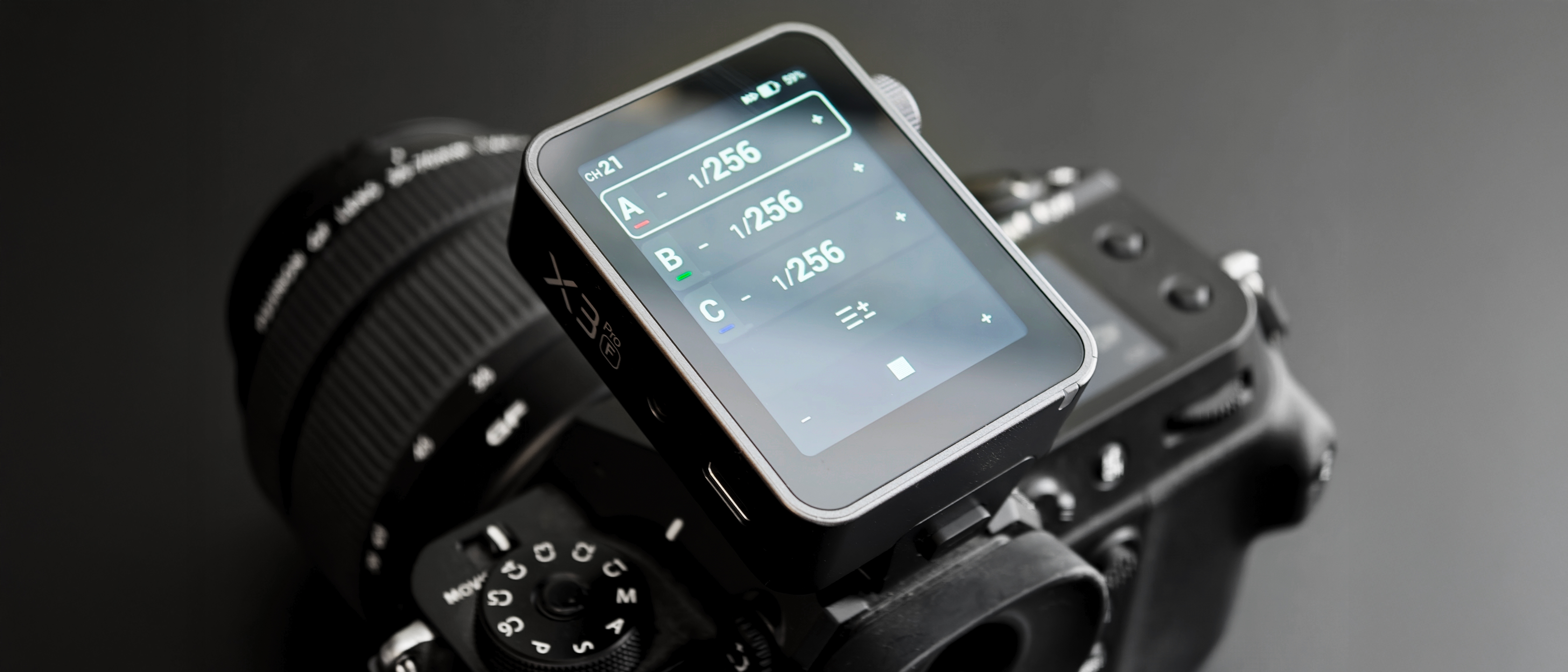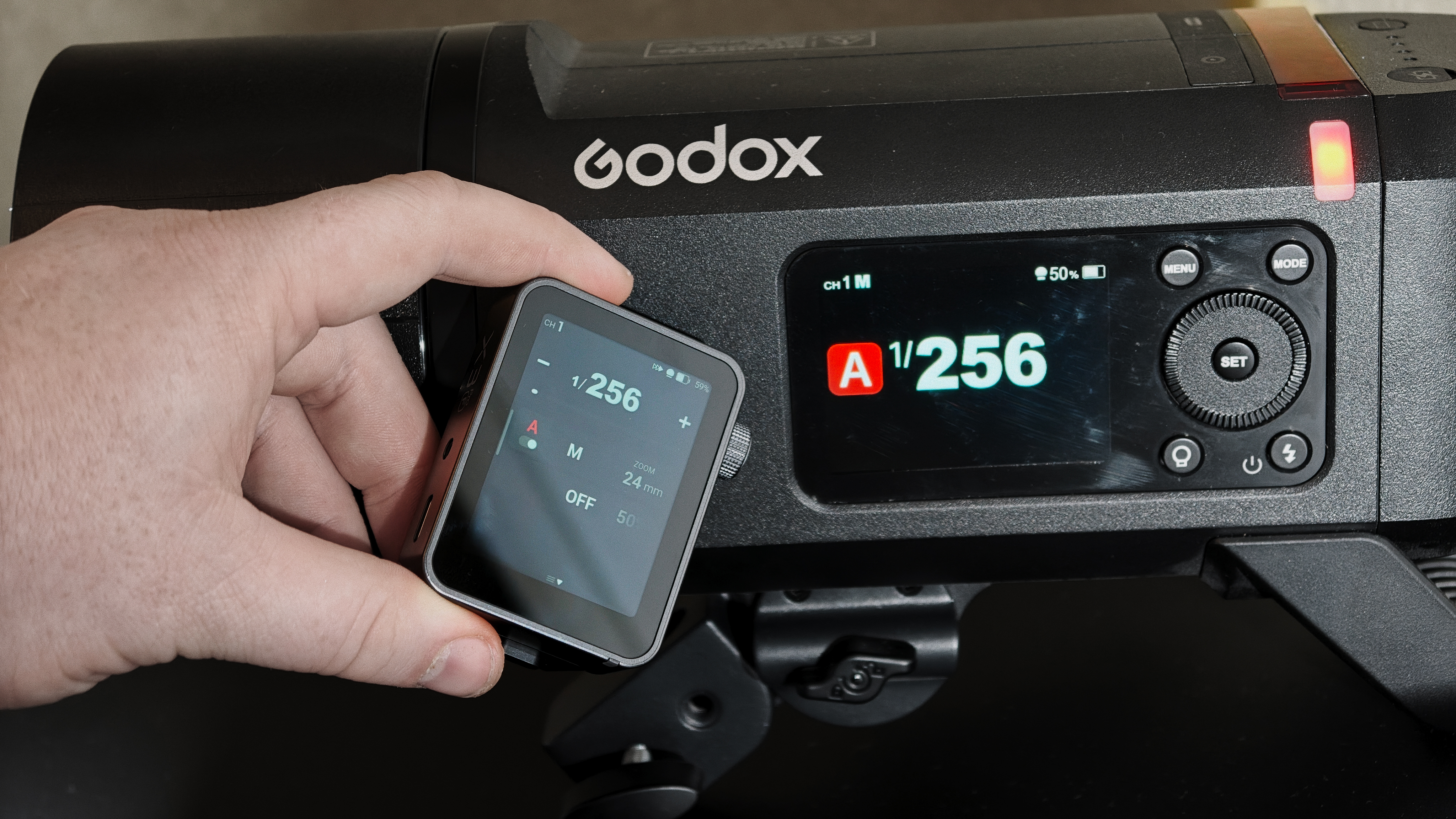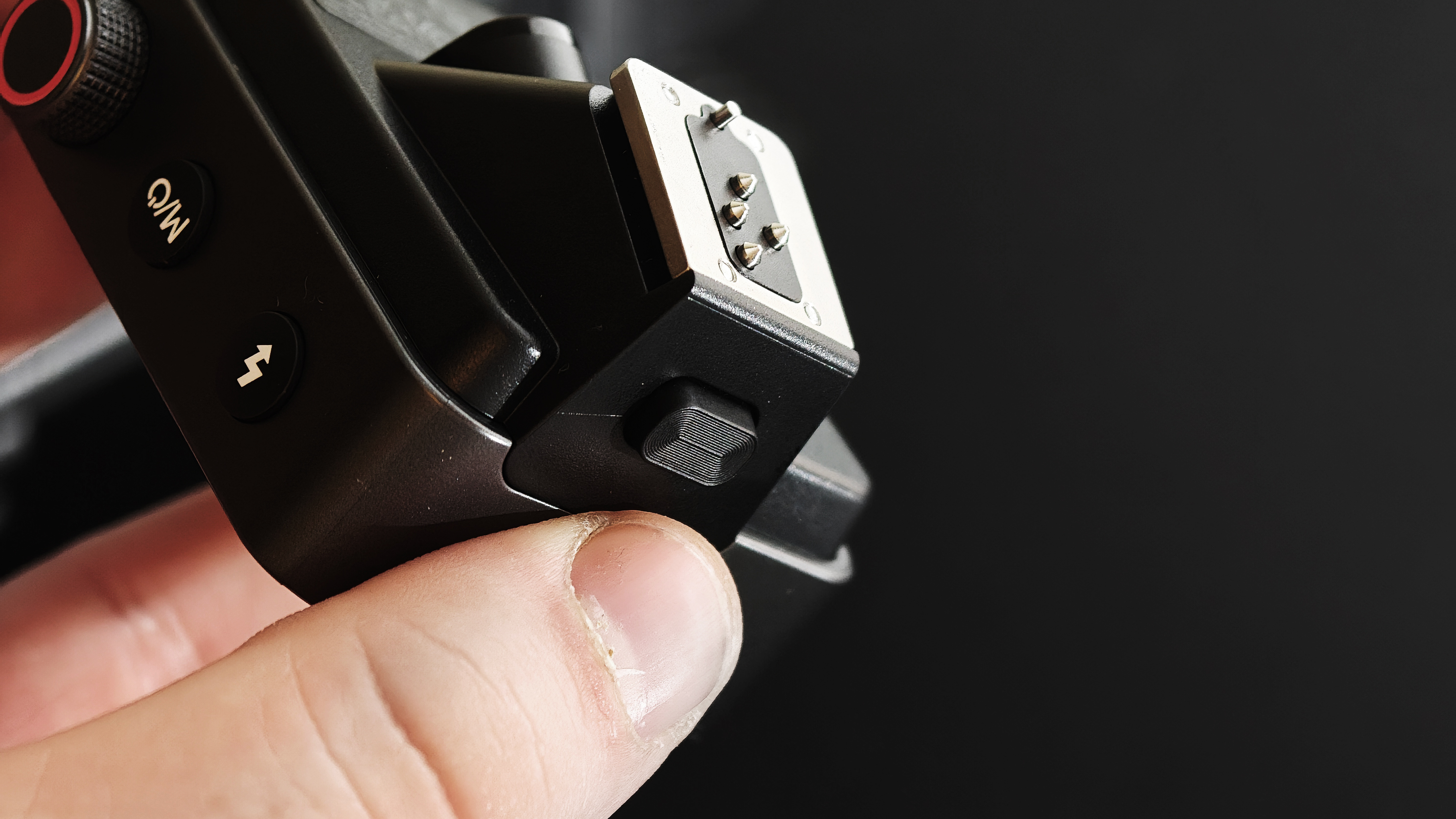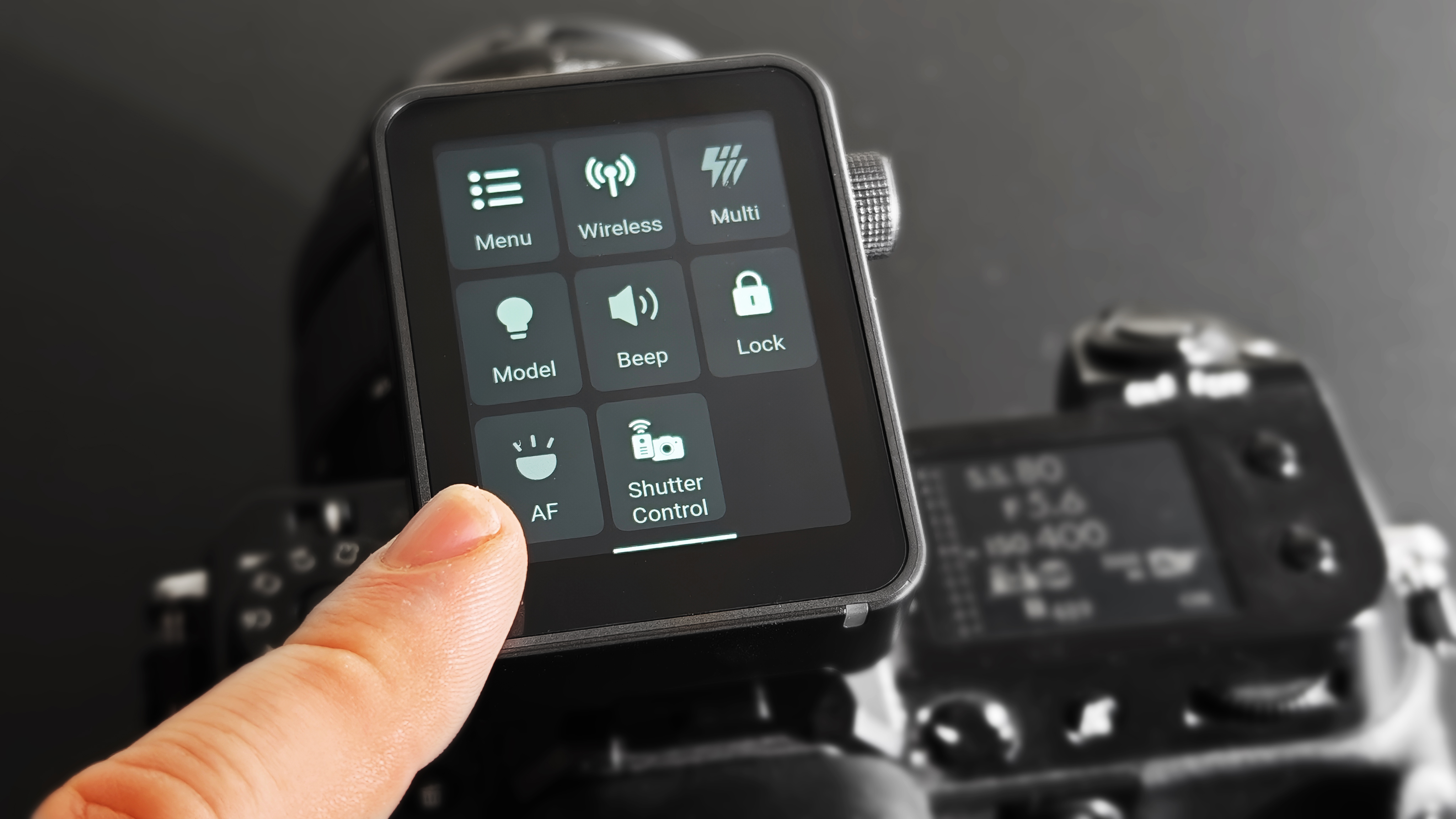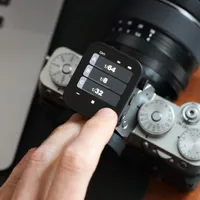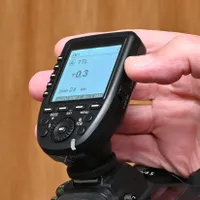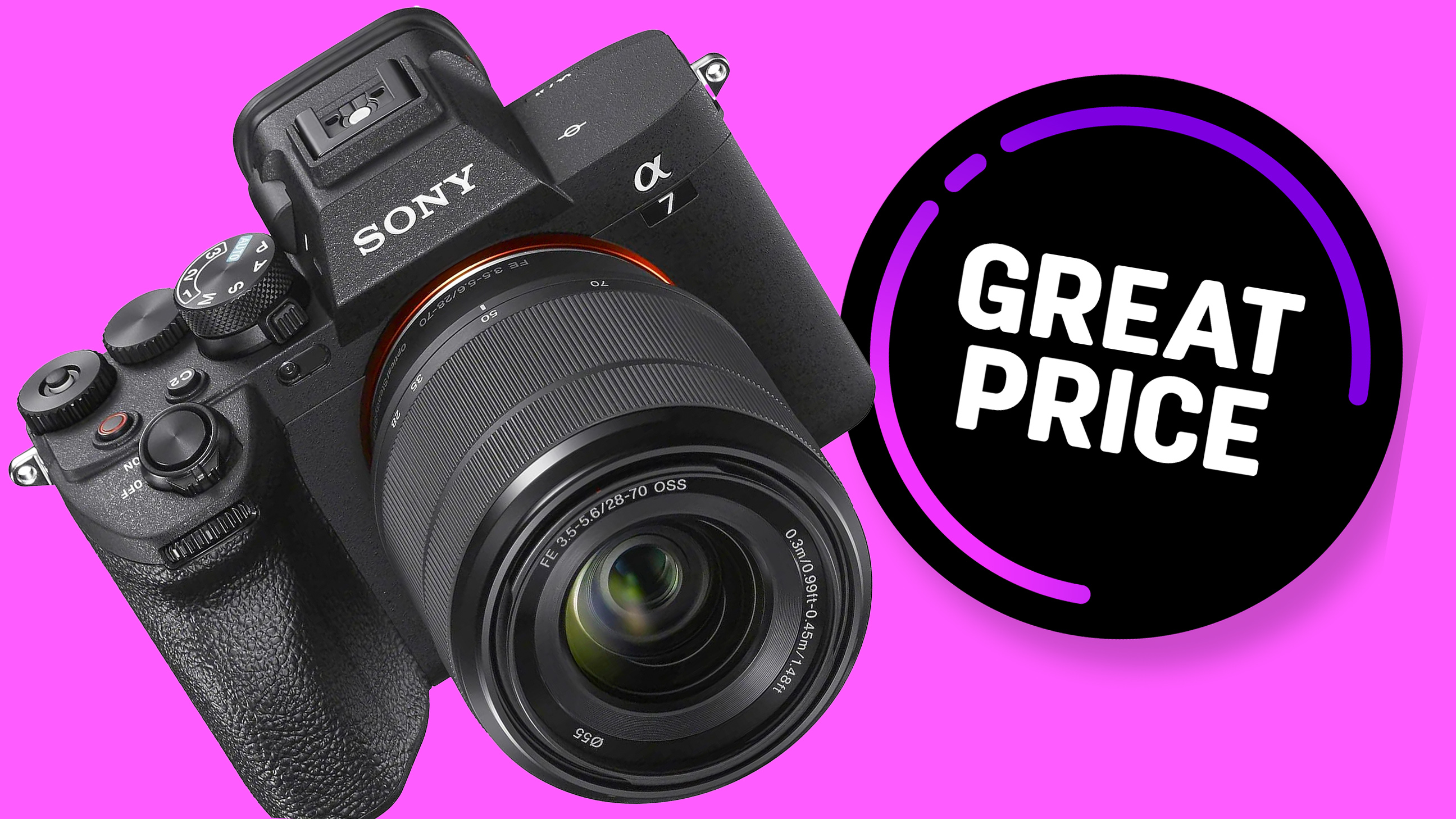Digital Camera World Verdict
The Godox X3 Pro takes everything I’ve loved about the long-standing XPro trigger and refines it into a smaller, sleeker, and smarter tool. The addition of a color touchscreen and intuitive interface makes managing multiple lights faster and more enjoyable than ever. It’s the natural evolution of a system that’s already become a studio standard.
Pros
- +
Color touchscreen and intuitive interface
- +
Compact, well-built design
- +
USB-C rechargeable battery
- +
Pro Shooting modes and Creative Shutter Control
Cons
- -
Only comes with a carry pouch (no hard protective case)
- -
Higher price than standard X3
Why you can trust Digital Camera World
Godox has become a go-to brand for photographers who want powerful and reliable lighting kits without breaking the bank. Its lights and triggers are widely used in both studio and location work, offering versatility and performance that traditionally come with far higher price tags. Whether you’re shooting portraits, products, or multi-light setups, Godox delivers tools that let you experiment and create without compromise while lowering the barrier of entry to these more complex shooting options.
I first tested the Godox X3 Pro in the studio with my Fujifilm GFX, and within minutes, it had slotted seamlessly into my workflow. It connected instantly with my Godox AD600 Pro II, and the interface felt so natural that by the end of the session, I’d already decided it was replacing my long-standing XPro trigger. It really was that immediate: a tool that feels familiar yet markedly faster and more refined.
I’ve relied on Godox lighting for years, from on-location portraits to controlled studio setups. Its ecosystem has always offered the kind of reliability and creative freedom you usually expect from much pricier brands. Central to that has been the XPro trigger, which I’ve used religiously to control multiple lights from my camera.
So, when Godox announced the X3 Pro, a new model blending the compact form of the X3 with the multi-group control of the XPro, I was curious to see whether it was simply a cosmetic update or a genuine step forward.
After a couple of weeks of use, it’s clear that the X3 Pro is more than a refresh; it’s a rethinking of how a flash trigger should feel.
Godox X3 Pro Wireless Flash Trigger: Specifications
Compatible Cameras | Canon, Sony, Nikon, Fujifilm, OM System / Panasonic |
Display | 2.4in LCD color touch screen |
Battery | Built-in USB-C rechargeable 2930mAh lithium battery |
Range | Up to 100m |
Groups/Channels | 16 groups, 32 channels |
Sync modes | TTL, Manual, Multi, HSS up to 1/8000 sec |
Dimensions | 2.13 x 2.6 x 1.61in |
Weight | 103g |
Godox X3 Pro Wireless Flash Trigger: Price & Availability
The Godox X3 Pro is available now for around £88 / $99 / AU$180. That puts it slightly above the standard X3 but below many flagship triggers from Profoto or Elinchrom; it offers remarkable value, considering the amount of control and polish it brings to the table. Not to mention that it looks fantastic!
Godox X3 Pro Wireless Flash Trigger: Design & Handling
The first thing I noticed about the X3 Pro was just how compact and refined it feels compared with the older XPro. The tall, boxy design of the original has been replaced by a sleeker, lower profile that sits comfortably atop the camera, without getting in the way of dials or viewfinders.
The best camera deals, reviews, product advice, and unmissable photography news, direct to your inbox!
The most significant change is the 2.4-inch LCD color touchscreen. It’s bright, responsive, and immediately makes the experience of managing multiple lights far more tactile. You simply tap to select a group, swipe to adjust power or mode, and tap again to confirm. For anyone used to navigating the button-heavy interface of older triggers, it’s a breath of fresh air.
I especially liked how color-coded groups make it easy to identify which light you’re controlling; a small detail perhaps, but one that saves real time on set. When working with multiple heads, such as the AD600 Pro II and AD200 Pro II, I could see, at a glance, which was the key light and which was the fill.
There’s also a new self-locking hotshoe mount that’s genuinely brilliant in use. Instead of twisting a locking wheel, the trigger simply clicks into place when you slide it on and releases with a single button press. It’s a small design tweak that makes a huge difference when changing quickly between setups.
The X3 Pro comes with a carry pouch, which is a nice touch, although the original X3 included a more robust protective case, and it would have been great if Godox had offered the same for the Pro.
Build quality feels solid and professional, with just enough weight at 103g to feel premium without being cumbersome. The compact form makes it ideal for both studio and location work. It doesn’t have a tilting head, but the lower profile makes the screen easy enough to view from most shooting angles. And with USB-C charging, I can keep it topped up with the same cable I use for my camera or phone – no more rummaging for spare AA batteries.
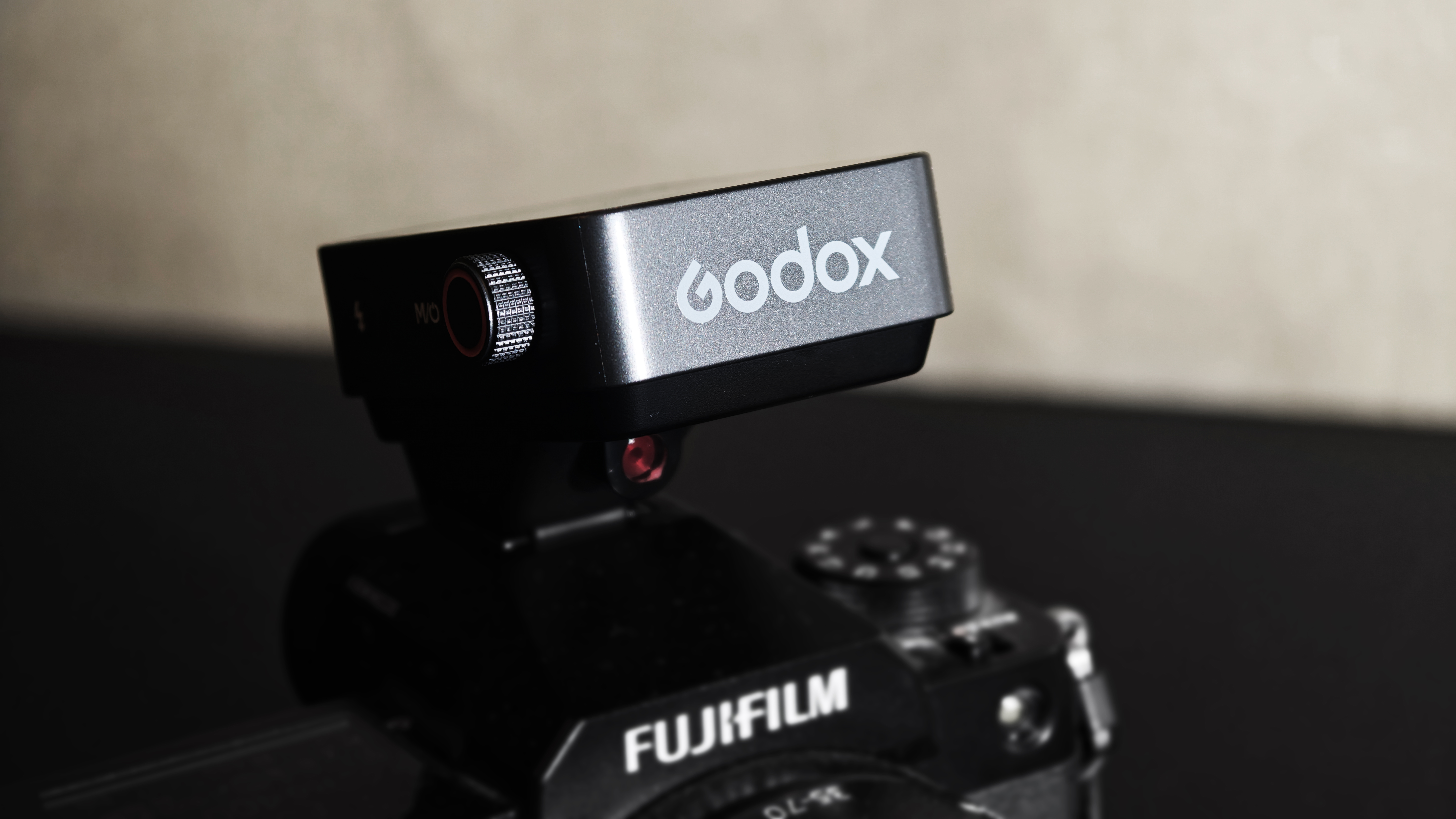
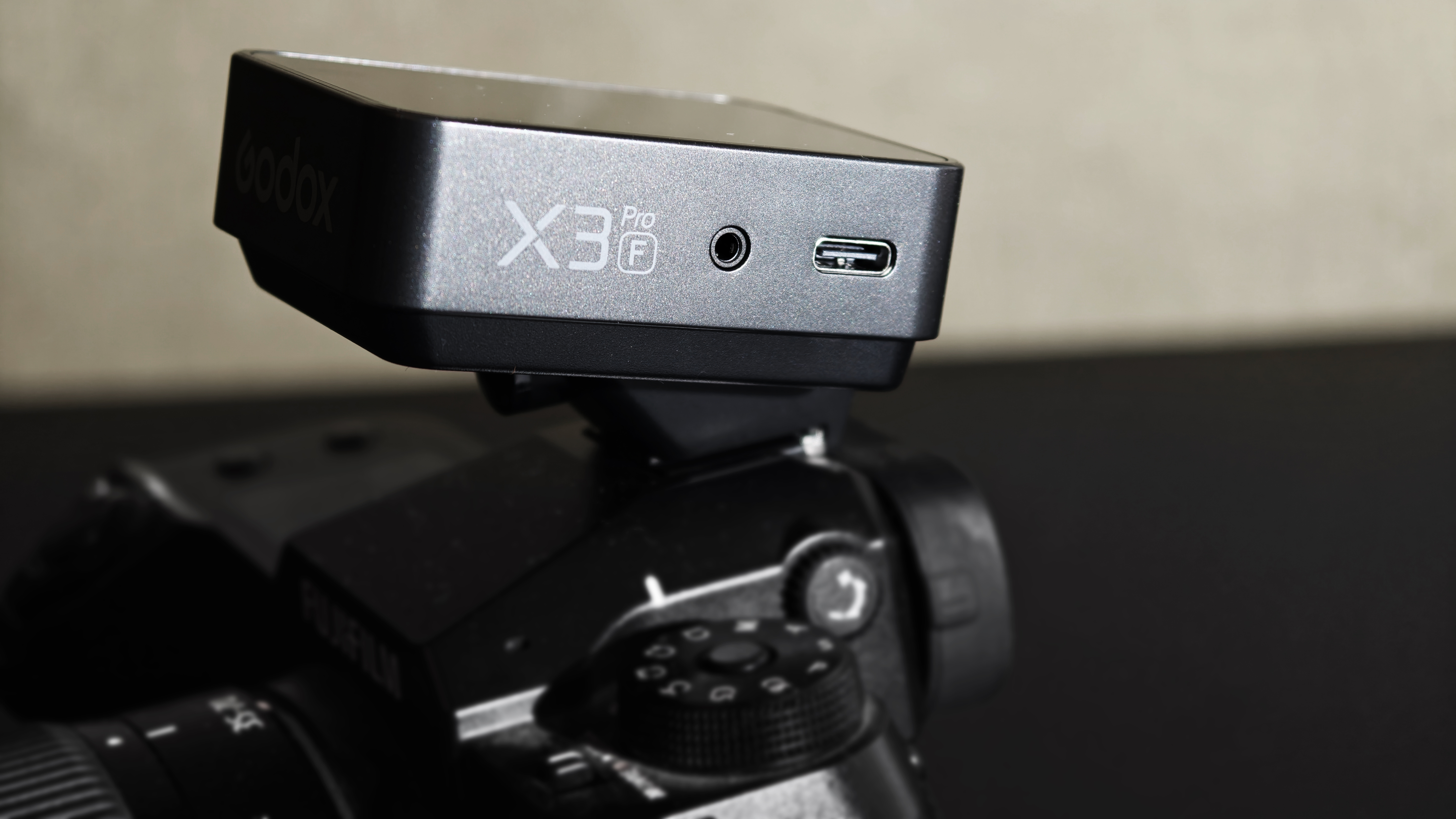
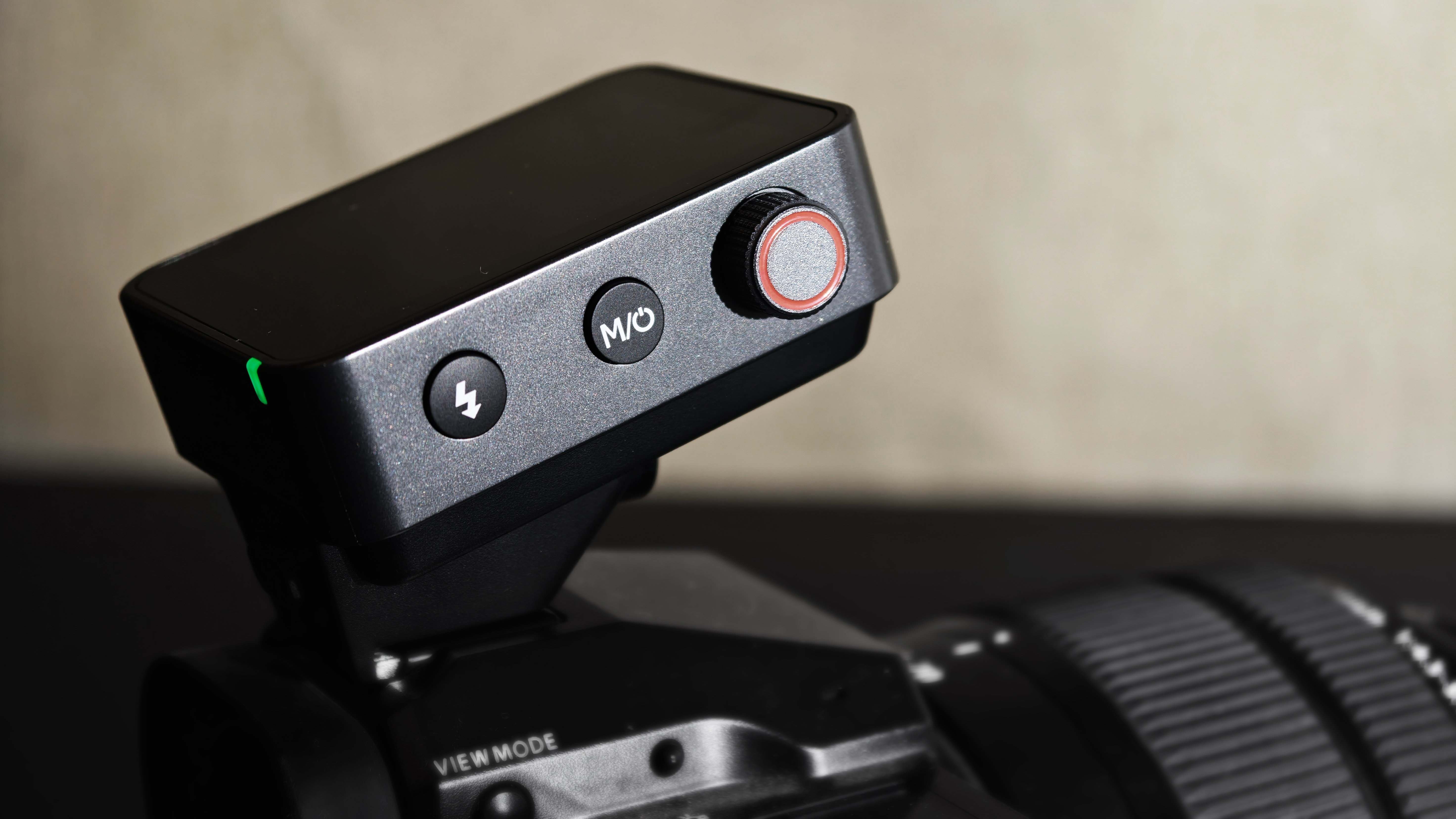
Godox X3 Pro Wireless Flash Trigger: Performance
In use, the X3 Pro performs beautifully, and by that I mean unnoticed except for when it matters. When I mounted it on my camera and powered up the AD600 Pro II, the connection was instant. No fuss, no lag, just the simple, seamless sync to the built-in receiver; the kind of efficiency I’ve come to expect from Godox.
The trigger enables you to adjust flash output, modes, remote triggering, HSS – you name it. It does everything but physically position the lights. In that sense, it feels less like a trigger and more like a command centre sitting on top of your camera.
I also used it to control a modelling lamp and its intensity. Being able to increase the lamp’s power to nail focus, then dim it back down, all without moving from my shooting position, is a real time- and atmosphere-saver. It helps to keep the flow of the shoot uninterrupted and the subject relaxed, which is especially valuable in a studio setting.
The X3 Pro introduces a range of Pro Shooting modes. One-Shoot, which sends only the trigger signal, is perfect for simple single-shooter setups. All-Shoot delivers both settings and trigger signals, ideal for group sessions or multi-photographer teams. There is also an L-858 Mode, which works with Sekonic L-858 light meters for precise, meter-based flash control.
A Creative Shutter Control function lets you program single-shot, time-lapse, and long-exposure sequences directly via the touchscreen. You can control exposure duration, intervals, and shot count, and trigger via the PC sync port or Godox XR/TR-RX receivers, thereby minimizing camera vibration and freeing you from excessive menu-diving.
Adjusting settings is fast and intuitive with the touchscreen. Tap a group, slide the power, done. I was able to fine-tune my lighting while keeping my eye on the scene rather than being buried in menus, and forgetting which light was on which channel.
The touchscreen performed well in both bright and dim conditions, and I experienced no accidental taps or missed presses, which, for a touchscreen, was surprising. For those who prefer tactile control, however, there’s still a physical dial and a couple of key buttons, maintaining a good balance between touch and tradition.
The wireless range remains solid and dependable at a stated 100m. TTL and HSS worked flawlessly, and battery life was impressive. After several sessions, I’d barely dented the built-in lithium battery, and being able to top it up with USB-C charging made life even easier.
The X3 Pro also integrates neatly with the Godox app, enabling you to control your lights remotely from a smartphone or tablet. For me, though, the appeal of this new trigger lies in not needing the app at all; it’s so streamlined that everything I need is right there on the screen.
If you’re shooting tethered or managing complex multi-light setups, the combination of app and trigger offers an incredibly powerful ecosystem. But for day-to-day shoots, the X3 Pro alone handles everything with elegance and speed.
Godox X3 Pro Wireless Flash Trigger: Verdict
The Godox X3 Pro isn’t about reinventing flash triggering; rather, it’s about refining it. For years, the XPro was the workhorse that tied the Godox system together, but this new model brings a level of finesse and usability that makes lighting feel less like a technical chore and more like part of the creative flow.
It’s smaller, faster, and far more intuitive. The touchscreen, color-coded interface, and new Pro Shooting and Creative Shutter modes may sound like minor upgrades on paper, but in practice, they make a huge difference. And the built-in rechargeable battery is a winner.
Whether you’re a portrait photographer working with one key light or a professional managing a complex studio setup, the X3 Pro delivers fluid control that helps you stay focused on the image rather than the interface.
If you already own an XPro, you’ll recognize the familiar reliability, but the X3 Pro feels like the future of Godox lighting control.
You might also like...
The Godox X3 is the smaller sibling of the X3 Pro, offering many of the same features, such as touchscreen, instant connectivity, and 2.4GHz wireless transmission. However, its smaller screen means you may not be able to see all your settings at once when using larger, more complex groups of lights.
The Godox XPro is the predecessor to the X3 Pro. It's still a brilliant flash trigger for Godox lights; however, compared with this new addition, it is larger and clunkier in design, while also lacking a touchscreen, colored tags, and Pro Shooting modes.
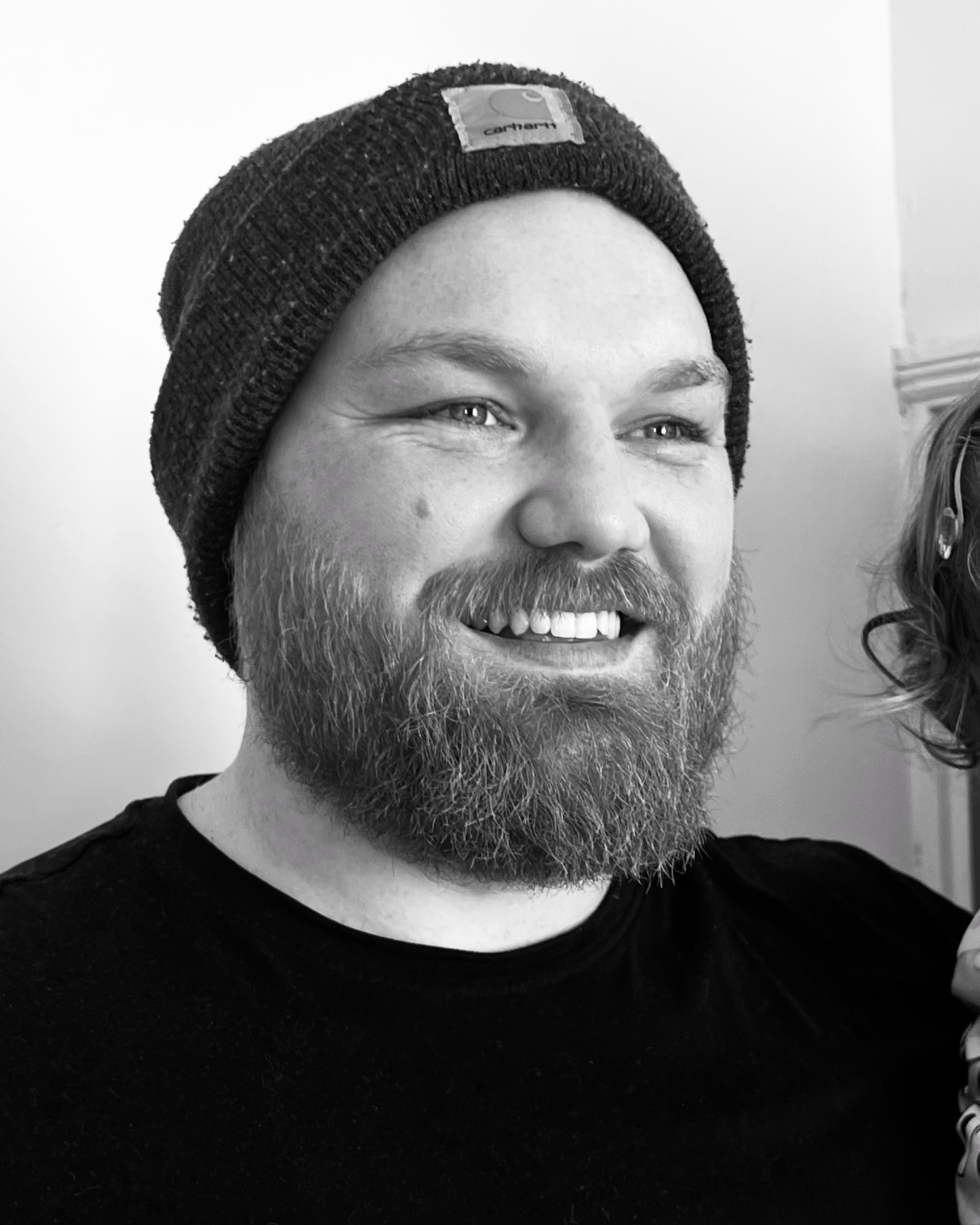
Kalum is a photographer, filmmaker, creative director, and writer with over 10 years of experience in visual storytelling. With a strong focus on photography books, curation, and photo editing, he blends a deep understanding of both contemporary and historical works.
Alongside his creative projects, Kalum writes about photography and filmmaking, interviewing industry professionals, showcasing emerging talent, and offering in-depth analyses of the art form. His work highlights the power of visual storytelling, fostering an appreciation for the impact of photography.
You must confirm your public display name before commenting
Please logout and then login again, you will then be prompted to enter your display name.

